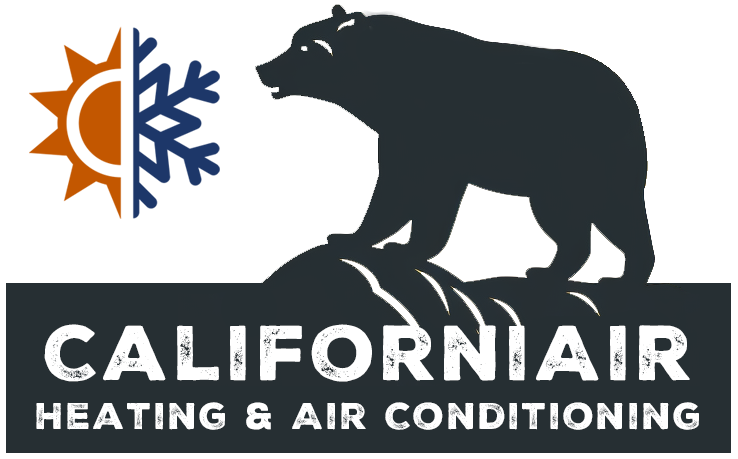Maintaining a healthy indoor environment is crucial, particularly in the diverse climates of California’s Bay Area and Silicon Valley. Ensuring your air conditioning (AC) system functions optimally is one of the most effective ways to achieve this. A well-maintained AC system not only keeps your home comfortable but also plays a pivotal role in preventing mold and allergens, which can significantly impact health and well-being.
In this detailed guide, we’ll explore how proper AC maintenance can ward off mold and allergens, providing tips and expert advice for both novices and seasoned individuals.
Understanding the Threats: Mold and Allergens
What is Mold?
Mold is a type of fungus that thrives in moist environments. When mold spores become airborne, they can spread quickly and grow on various surfaces. Mold inside homes can lead to significant health issues, including respiratory problems, allergic reactions, and even long-term illnesses.
What are Allergens?
Allergens are substances that can cause allergic reactions. Common indoor allergens include dust mites, pet dander, pollen, and mold spores. These allergens can exacerbate conditions such as asthma and allergies, leading to symptoms like sneezing, coughing, and itching.
The Role of Your AC System
A well-maintained AC system is crucial in controlling indoor humidity levels and ensuring clean air circulation. Here’s how:
- Humidity Control: A functional AC system dehumidifies the air, making it difficult for mold to thrive.
- Air Filtration: High-quality air filters trap allergens, preventing them from circulating in your home.
- Consistent Airflow: Good airflow prevents stagnant areas where mold and allergens might settle.
Comprehensive AC Maintenance Practices to Prevent Mold and Allergens
Regular Filter Replacement
One of the simplest yet most effective steps in AC maintenance is regularly replacing the air filters. Dirty or clogged filters can reduce efficiency and circulate contaminants.
Tip: Check filters monthly and replace them every 1-3 months, depending on usage and air quality. For homes in the Bay Area, it’s advisable to use HEPA filters which are highly effective in trapping microscopic particles.
Professional Duct Cleaning
Ducts can accumulate dust, debris, and mold over time. Professional duct cleaning ensures that clean air circulates through your home.
Statistics: According to the EPA, cleaning a lightly soiled air duct system can save energy by up to 21% (EPA).
Regular AC Inspection and Servicing
Annual inspections by HVAC professionals ensure that all components of your AC system are functioning correctly. Technicians can identify potential issues before they become serious problems.
Recommendation: CaliforniAir Heating and Air Conditioning offers comprehensive inspection services that include checking refrigerant levels, inspecting coils, and ensuring the drainage system is clear.
Proper Ventilation
Ensure your home has adequate ventilation to facilitate proper airflow. Use exhaust fans in kitchens and bathrooms to reduce moisture and prevent mold growth.
Tip: Consider installing energy recovery ventilators (ERVs) which improve air quality by exchanging stale indoor air with fresh outdoor air.
Use of Dehumidifiers
In areas with high humidity, a dehumidifier can be an excellent addition to your AC system. It helps maintain ideal humidity levels, which should be between 30-50%.
Fact: The American Society of Heating, Refrigerating and Air-Conditioning Engineers (ASHRAE) recommends maintaining humidity levels below 60% to inhibit mold growth (ASHRAE).
Frequently Asked Questions
How often should I replace my AC filters?
Replacing your AC filters every 1-3 months is advisable, depending on usage and air quality. Homes with pets or located in areas with high pollen may require more frequent replacements.
Can I clean my AC ducts myself?
While you can perform basic maintenance, it’s recommended to have professional duct cleaning at least once every 3-5 years to ensure thorough cleaning and to address any potential issues effectively.
How do I know if my AC system has mold?
Visible signs of mold, musty odors, and unexplained allergy symptoms could indicate mold presence. Professional inspection is crucial for a thorough assessment.

